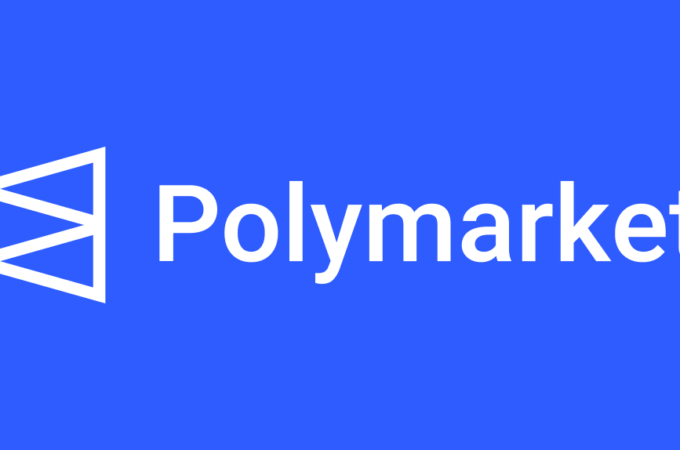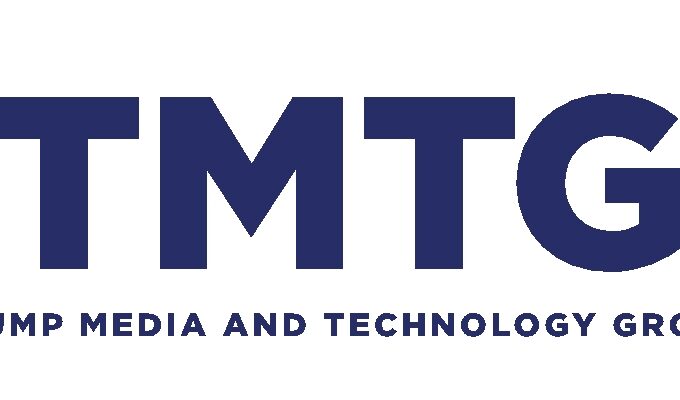
How will marketplace lending become a mainstream investment asset class?
By Min Zhang for Techcrunch.com
A friend who recently started his own business couldn’t obtain a mortgage from three banks. I suggested he try marketplace lending platforms like SoFi to take advantage of the ongoing innovation in fintech. However, SoFi turned him down, as well, because it abides by the same underwriting rules as traditional banks. Like the banks, SoFi sells their mortgage loans to Fannie Mae.
On the surface this is counterintuitive to the firm’s “Don’t bank, SoFi” slogan; but in reality, there is already a bank behind every online lending platform. The ability to secure broad funding sources for mortgages originated on these platforms is brilliant and, in fact, essential. I have had tremendous respect for Mike Cagney since we were back at Stanford Business School, and I am not surprised to see that SoFi continues to stay ahead of the curve on this matter.
With recent news from OnDeck and Lending Club, the media naturally starts to question if marketplace lending is approaching its end. Such a conclusion might be premature for a space that has, according to Morgan Stanley doubled every year since 2010 and is expected to grow to $1 trillion by 2025, as indicated by Foundation Capital.
The online originators that can cross the chasm to attract mainstream lenders will be able to participate in the predicted growth. By mainstream, I mean the broad distribution of loans to the $20 trillion wealth management market, where Totum has begun to provide differentiated risk analytics and digital engagement.
For example, Fannie Mae is a mainstream distribution channel. If you hold a total return core fixed income fund in your 401(k), you likely have some exposure to Fannie Mae mortgage-backed securities. Yes, you might be investing in a fraction of your own and your neighbors’ mortgages!
Platforms’ pain point: The cost of doing business
The challenge facing the origination platforms today is not the platforms’ ability to originate loans. In fact, stricter capital requirements and scrutiny over high-risk lending for banks will continue to shift origination activities from banks to non-banks, according to a Goldman Sachs report, “The Future of Finance, Part I: The rise of the new Shadow Bank.”
The issue is the cost of funding.
Even though securities are easier to access than loans, to a mainstream investor, this approach can still appear complex and not transparent.
The profitability metric of a lending business is simple: The net interest margin. It is the interest rate at which it lends, net of defaults and recovery, minus the interest rate for which it borrows.
Banks today are able to lend out money borrowed at close-to-zero percent deposit rates. For a marketplace lending platform, the depositors’ equivalents are hedge funds, as well as institutions that securitize and re-sell the loans. We know that hedge funds don’t charge 2/20 for close-to-zero percent returns.
Opportunity for the platforms: broad demand for income products
Around the world, the demand for income products is actually broad-based and an important secular trend driven by aging demographics. As a point of reference, the global fixed income market is about 100 trillion dollars, of which the United States comprises one-third.
Investors ranging from common retirees, high net worth individuals and family offices to pension and endowment funds are all receptive of investment products that offer a high and steady payout, low volatility, low correlation to equities and limited sensitivity to interest rate movements (i.e. short duration).
Online originated loans possess these very desirable features. To get these benefits, investors bear the credit risk.
Investors’ pain point: The drawbacks of existing investment options
There are mainly three ways to invest in this asset class:
Individual lenders invest directly on the platform. These investors tend to be early adopters who have prior experience investing in credit. They are often taking on non-diversified credit risks of single loans.
Institutions buy an unsecuritized loan pool. Hedge funds apply skilled teams and sophisticated analytical tools like MonJa to pick and trade loans from a pool. We learned from wealth management institutions that allocate the pools into their high net worth accounts that in some cases interest rates have been lower than promised, due to unexpected pick-up in defaults.
If the loan pools are giving even the sophisticated investors a poor experience, then the common retail investors are a galaxy away from feeling comfortable to touch this asset class.
Institutions securitize a pool of loan and re-sell the securities. In theory, this approach is supposed to lower the funding cost of funding by removing the default risk of the originator via a bankruptcy-remote vehicle. It would redistribute the risks to tranches that bear less risk and a lower interest rate, as well as riskier tranches that offer higher returns.
Even though securities are easier to access than loans, to a mainstream investor, this approach can still appear complex and not transparent. The outcome depends on how the securitization prices risk. The securitizations prior to the Global Financial Crisis created too many AAA bonds from subprime underlying.
The platforms today are experiencing the opposite issue. At LendIt, Prosper’s president Ron Suber voiced that Citigroup over-estimated the risk of the loans and hence demanded a higher interest rate spread.
Besides the possible disagreement in the securitization models, the securitization channel is starting to freeze. Citigroup has stopped securitizing the loans from Prosper. Goldman Sachs and Jefferies recently stopped buying loan pools from Lending Club. I hope these are just temporary pauses.
The first two options are not particularly scalable. And if the securitization model stops working, the origination platforms need to broaden their lender base in order to distribute the loan “inventory” that they warehouse on borrowed capital.
Crossing the Milky Way: “Clean beta” loan portfolios
To reach a new investor base, there needs to be new products that work well with the broader distribution channels, such as independent financial advisors and other retail channels.
Successful consumer products, such as Apple, have to be extremely simple. In this case, the return and risk profile need to be clearly explained.
The online originators that can cross the chasm to attract mainstream lenders will be able to participate in the predicted growth.
For financial advisors to distribute these investment products, they also need to have sufficient knowledge of the loan-based products and easy access to the investment data on the same portfolio management platforms that they work with daily.
Loan portfolios that have well-understood, homogenous risk factors but diversified from single-borrower and single-platform risks can be a palatable product for the mainstream investor base. This is analogous to “smart beta,” which is between beta, or risk the exposure of a pool of loans, and alpha, in this case the loan selection and trading that hedge funds are doing.
I call it “clean beta.” With securitization, investors have little idea if the underlying pool can support all the AA bonds issued. In contrast, each “clean beta” portfolio holds loans from the same borrower type and quality, possibly from different originators. This level of transparency enables a clear understanding of the expected return and default risk.

A win-win future
Marketplace lending platforms and mainstream investors can both benefit from products like this that fit the retail market and their distribution channel (financial advisors).
The benefit to the investor is the ability to access a new asset class without the hassle of picking individual loans. The yield may be below hedge funds (which often contain leveraged risks) but higher than most asset-backed securities — still very attractive for most investors, but it lowers the cost of funding for the platforms.
I also applaud all the efforts to make this space more fluid, transparent and accessible, for instance: the secondary market exchange byOrchard, the loan selection guidance by NSR Invest and LendingRobot, as well as several ETFs backed by marketplace loans that are under SEC review.
It’s hard to imagine your investments on fintech platforms — virtual and digital currencies in the same place as your stocks, ETFs and mutual funds — and most financial advisors do not offer advice on these newer asset classes. Nonetheless, one day it will be easy to see the impact of your marketplace lending exposure, crowdfunded deals of startups, projects and real estate and perhaps a road or hotel built in Second Life along with all your other assets.
First appeared at techcrunch.com





